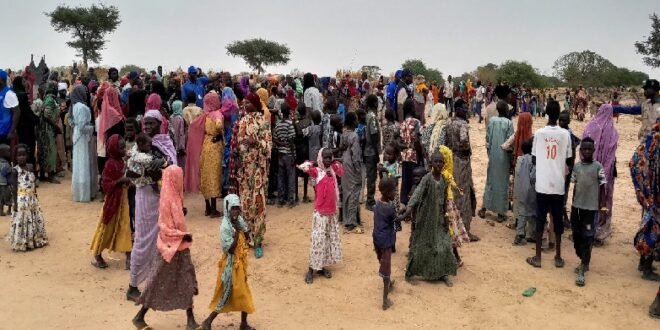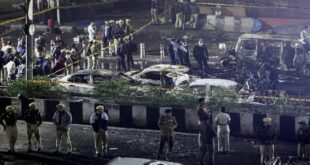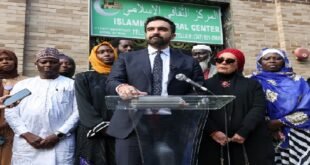08-09-2025
KHARTOUM: In January 2024, Ahmed Abubakr Imam picked up a rifle to defend his community.
The paramilitary Rapid Support Forces (RSF) had just captured four of the five provinces in Sudan’s sprawling western region of Darfur, South, East, Central and West, in a lightning attack as it advanced in its war against the Sudanese Armed Forces (SAF) and its allies.
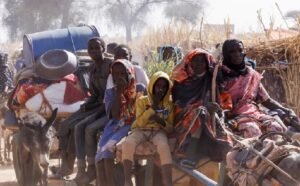 It was now threatening to capture North Darfur, leaving thousands of people like Imam terrified.
It was now threatening to capture North Darfur, leaving thousands of people like Imam terrified.
He knew that the largely nomadic, often referred to as “Arab”, RSF was notorious for abducting and raping women and girls and extra-judicially killing men and boys from predominantly sedentary “non-Arab” communities.
Like thousands of non-Arabs in North Darfur, Imam joined the Popular Resistance, which are neighborhood defence groups backed by the SAF.
“The RSF militia clearly doesn’t distinguish between civilians and fighters,” the 27-year-old told media.
Nowhere to go
Since an all-out civil war erupted between the SAF and the RSF in April 2023, the latter has nearly consolidated control over its stronghold in Darfur.
Both sides have committed grave abuses, yet the RSF is implicated in additional atrocities such as genocide and systematic sexual violence, according to United Nations experts and local and international monitors.
In April 2024, the RSF imposed a crippling siege on North Darfur’s capital el-Fasher, where some 260,000 people are languishing and withering away from hunger.
Many women, children, and some men have been able to escape to nearby Tawila, a town about 45 miles (70 kilometres) east, which is dealing with its own catastrophic cholera epidemic.
On the road, those escaping el-Fasher are forced to pay the equivalent of $300 each to RSF fighters and hand over their jewelry and belongings.
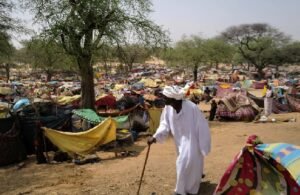 However, men have frequently been detained and killed after being suspected by the RSF of being fighters, while women and children have been abducted, residents say.
However, men have frequently been detained and killed after being suspected by the RSF of being fighters, while women and children have been abducted, residents say.
These risks have compelled hundreds of thousands of people to stay in el-Fasher until the RSF is repelled or the city falls.
“If the militia RSF didn’t target civilians, then all the civilians would have left el-Fasher by now,” Imam told media.
Some, like Imam, are on the front lines, while others are trying to gather enough food and supplies to feed their starving communities or document atrocities for the outside world.
Imam is the oldest of several brothers and sisters, the youngest of whom is just three years old. He fears they could all be raped or killed if the RSF reaches them.
“I’m the oldest sibling … so I have a responsibility to protect my family,” he said.
Media sent written questions to the RSF’s press office, asking for the group to comment on accusations that it targets civilians trying to escape el-Fasher. The RSF did not respond before publication.
According to the Yale Humanitarian Research Lab, which is using satellite imagery to monitor developments in North Darfur, the RSF is now making it nearly impossible for people to escape the city, even if they want to.
On August 28, the research lab revealed that the RSF has built approximately 31 kilometres (19 miles) of desert berms (barriers) around el-Fasher.
About 22 kilometres (13.6 miles) form a semicircle from the west to the north of the city and an additional nine kilometres (9 miles) impede any attempt to escape east. (Int’l News Desk)
 Pressmediaofindia
Pressmediaofindia
